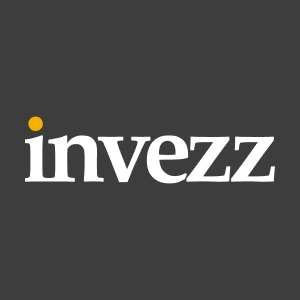ISO 20022 Integration: Role of Ripple as New Payment Rail on SWIFT
3 min read
In a tweet accompanied by multiple documents, crypto researcher SMQKE emphasized that the global transition to ISO 20022 is enabling new payment rails to operate within the SWIFT network. One of those rails, according to the tweet and attached material, is Ripple—a blockchain-based infrastructure designed to enhance cross-border financial transactions. SMQKE referenced four different documents to support the claim that Ripple is positioned as a viable alternative within the evolving international payment framework being reshaped by ISO 20022 standards. ISO 20022 WILL ENABLE NEW PAYMENT RAILS ON THE SWIFT NETWORK LIKE RIPPLE Read closely. Documented 4x. pic.twitter.com/GkVITcPl9f — SMQKE (@SMQKEDQG) June 27, 2025 Compatibility and Innovation in Cross-Border Transactions One of the highlighted documents from GlobalFintechSeries discusses how SWIFT GPI, along with other innovative cross-border channels, is shaping the future of international payments. The document explains that European banking systems are implementing ISO 20022, noting that this transition allows for full compatibility across diverse cross-border payment platforms. It further states that ISO 20022 is a “catalyst and enabler” for introducing new payment rails. The implication is that these new rails, developed to meet modern expectations for speed, transparency, and interoperability, can operate alongside or in place of traditional correspondent banking systems. This shift is significant because the ISO 20022 standardizes messaging formats, making it easier for systems to interact regardless of the technology or geographical origin. SMQKE’s assertion that Ripple can function as a new payment rail within this ecosystem is based on the ability of ISO 20022 to support diverse platforms through a unified messaging language. Ripple’s Architecture and Role Another referenced image, sourced from a J.P. Morgan presentation, outlines Ripple as an example of blockchain-based processing. The diagram illustrates Ripple’s use of a cloud-based ledger that interconnects disparate financial systems, allowing international money movement while utilizing existing infrastructure. It describes how Ripple can integrate with financial institutions by serving as a bridge between senders and receivers using market makers for currency conversion and liquidity. The document underscores the benefits of Ripple’s model, including fast, secure, and inexpensive transfers that do not require overhauling the underlying financial infrastructure. We are on X, follow us to connect with us :- @TimesTabloid1 — TimesTabloid (@TimesTabloid1) June 15, 2025 Alternative Payment Channels and Cryptographic Rails A third document, from Temenos, addresses real-time payment systems and introduces the concept of “cryptorails” as alternatives to traditional banking rails. Ripple is highlighted specifically, described as a distributed payment protocol that enables exchanges between any currency. The document clarifies that using such cryptographic networks allows users to send money cheaply and efficiently. By converting funds into local currency upon arrival, these systems achieve fast settlement while circumventing many limitations of traditional real-time gross settlement systems. Private Blockchain and Data Exchange Integration The fourth document, sourced from Identitii, provides further evidence supporting the role of Ripple as a recognized payment rail within modern financial infrastructure. In a diagram focused on payment ecosystems, Ripple appears alongside traditional payment systems, such as SWIFT and RTGS, as well as other blockchain protocols. The document emphasizes how private blockchains, tokenization , and secure data exchange are essential components for modernizing payment systems. It highlights that Overlay+, a platform built on Corda, supports immutable and auditable data flows while integrating seamlessly with payment rails, including Ripple. This visual inclusion of Ripple within the foundational layer of payment rails demonstrates its acknowledged function in the evolving financial data and payments landscape. SMQKE’s tweet underscores the transformative nature of ISO 20022, framing Ripple as an operational example of the new payment rails made possible by this global messaging standard. Disclaimer : This content is meant to inform and should not be considered financial advice. The views expressed in this article may include the author’s personal opinions and do not represent Times Tabloid’s opinion. Readers are advised to conduct thorough research before making any investment decisions. Any action taken by the reader is strictly at their own risk. Times Tabloid is not responsible for any financial losses. Follow us on X , Facebook , Telegram , and Google News The post ISO 20022 Integration: Role of Ripple as New Payment Rail on SWIFT appeared first on Times Tabloid .

Source: TimesTabloid



